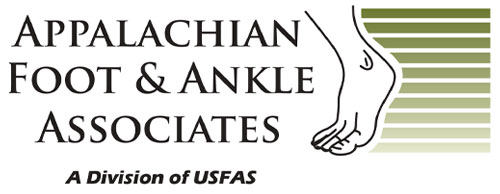Flat Feet is a medical condition that is both common and generally painless but can cause a range of complications. Those who suffer from this condition often have a greater likelihood of suffering from future problems with the knees and ankles caused by the misalignment of their legs. While the condition itself is generally benign, it can be the root of additional concerns that can impact your life. While no treatment is needed, if no pain is being experienced, you should see your podiatrist in the event that you begin to develop painful symptoms.
What Causes Flat Feet?
We are all naturally born with this condition and will continue to experience it until we enter the toddler stage. At that point, most children begin to develop the arches in their feet, though it doesn’t happen for everyone. It’s also possible for children to develop a condition called flexible flatfoot, in which the arch can be observed when the child is standing on the tips of their toes or is in a seated position. Those with flexible flatfoot lose their arch when standing. In most cases, this condition will be outgrown. Another source of flat feet is wear and tear, leading to a weakening of the tendon that supports the arch.
In addition to these causes, there are risk factors that increase your likelihood of developing flat feet. These factors include:
- Aging
- RheumatoidArthritis
- Obesity
- Ankle and Foot Injuries
- Diabetes
How Are Flat Feet Diagnosed?
Determining whether you have flat feet or not generally starts with a visual inspection by your podiatrist. These inspections include having you stand on tip-toe and checking the wear pattern of your shoes. In the event that you’re experiencing exceptional pain as part of your symptoms, other rests may be performed. These tests include:
- CTScan – This imaging technique provides multiple angles of view on the structure of your foot. The images provided are in greater detail than those in an x-ray.
- MRI– When greater detail is needed of the soft tissues, and MRI is used due to its ability to clearly visualize both.
- Ultrasound– This imaging technique is exceptionally good for viewing soft tissues, aiding in identifying causes such as tendon damage.
- X-Rays– This form of imaging is used to identify problems with the joints and bones of the feet.
Having flat feet does not immediately mean that you’ll be experiencing pain or discomfort. This condition can often be asymptomatic and not impact your life for years, or sometimes at all. When symptoms start to appear, it’s important to begin seeking treatment as soon as possible to relieve pain and prevent the advancement of the condition. You can call Appalachian Foot & Ankle Associates for an appointment at 1-828-277-8042. You’ll be scheduled to meet with one of our podiatry experts. During your visit, you’ll undergo an exam and consultation after a review of your medical records and symptoms. From there, you and your podiatrist will determine how to move forward to bring you relief!




